

Tuti Buddy
Tuti Buddy is a simple yet useful tool designed to merge grocery list creation with budget tracking.
Built with Lovable.dev and Supabase, the project was conceptualized as an AI-enabled solution—primed for future intelligent features—to ease the everyday task of planning groceries. The following case study outlines how a structured, research-led process informed the design and development of Tuti Buddy.
Exploring
the problem
Observational Method
Through field observations, it was closely examined how users approach grocery shopping at this hard discounter known for offering quality products at lower prices by eliminating middlemen and using a cash-only model. The research sought to answer three key questions:
What are users trying to do?
Users are aiming to buy all their weekly groceries at Tuti, taking advantage of its low-cost offerings without compromising on quality—even high-income shoppers appreciate the savings.Why are they choosing Tuti?
They prefer Tuti because the store’s model cuts out extra costs associated with brands and intermediaries, ensuring that customers receive the same quality for less. The cash-only policy further contributes to keeping prices low.sWhat is currently hard for them?
A significant challenge is managing cash flow. Often, users find that after budgeting for their essentials, they lack enough cash on hand to purchase additional or new items they encounter—limiting their ability to fully capitalize on the store’s low prices.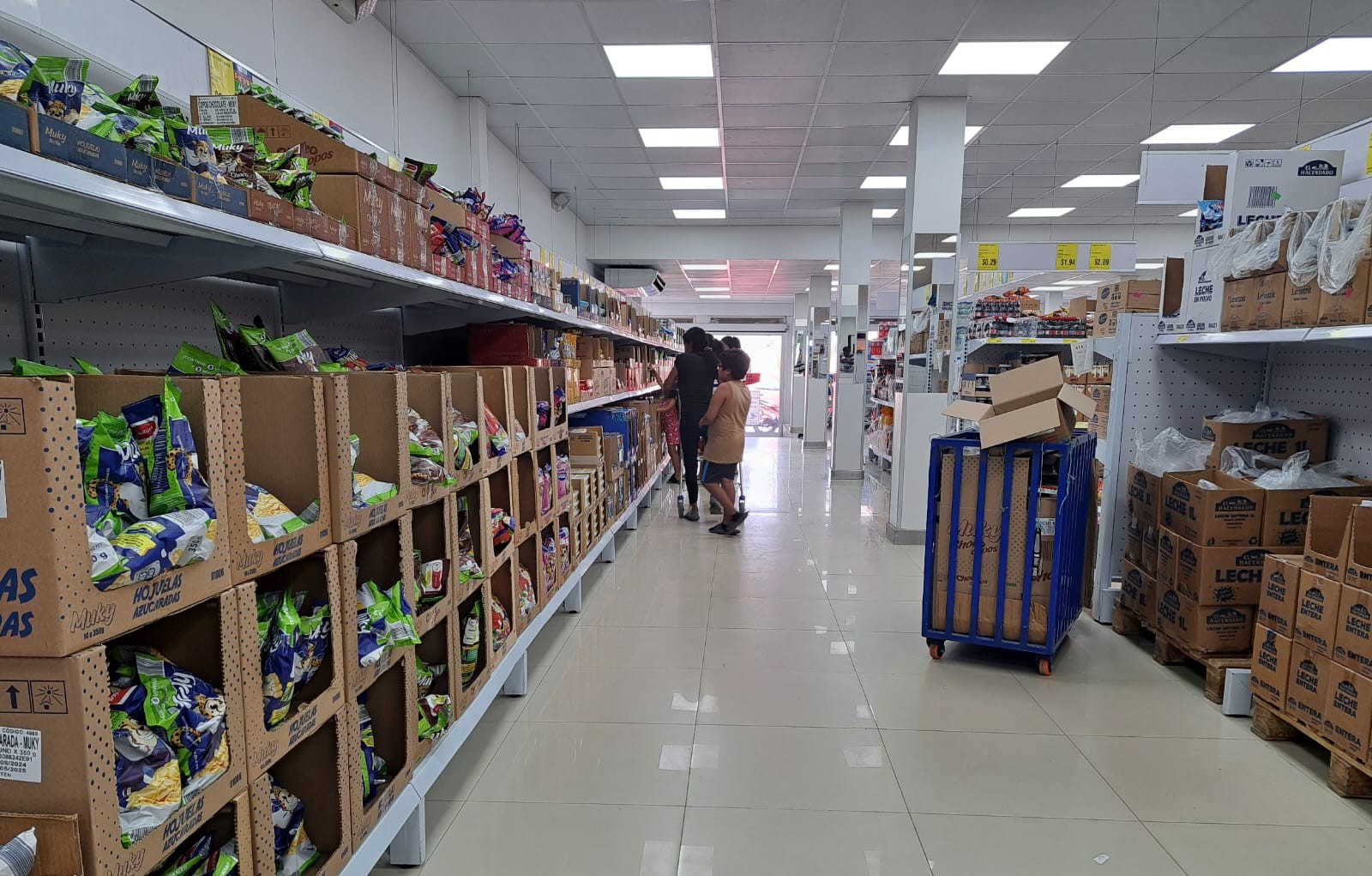
Key Findings
The observations revealed a need for a tool that not only simplifies the creation of grocery lists but also tracks spending. This tool would help users manage their cash budgets effectively, ensuring they have a clear overview of their funds to make informed purchasing decisions, especially when unexpected opportunities arise.
Deciding
what to fix
To validate the issues uncovered during our ethnographic studies, we reached out to shoppers in various stores and conducted surveys focused on their checkout experiences. The feedback was clear:
Payment Method Frustrations:
Many users expressed that not being able to pay by debit is a significant hassle. They frequently find themselves having to remove items from their cart because they don’t have enough cash on hand, which interrupts their shopping experience.Demand for a Seamless, Integrated Solution:
During a class where I was an invited speaker on Notion and organization, I showcased a Notion template that mirrored these challenges by integrating grocery list management with budget tracking. The response was overwhelming—every attendee requested the template, highlighting that this issue is a common pain point.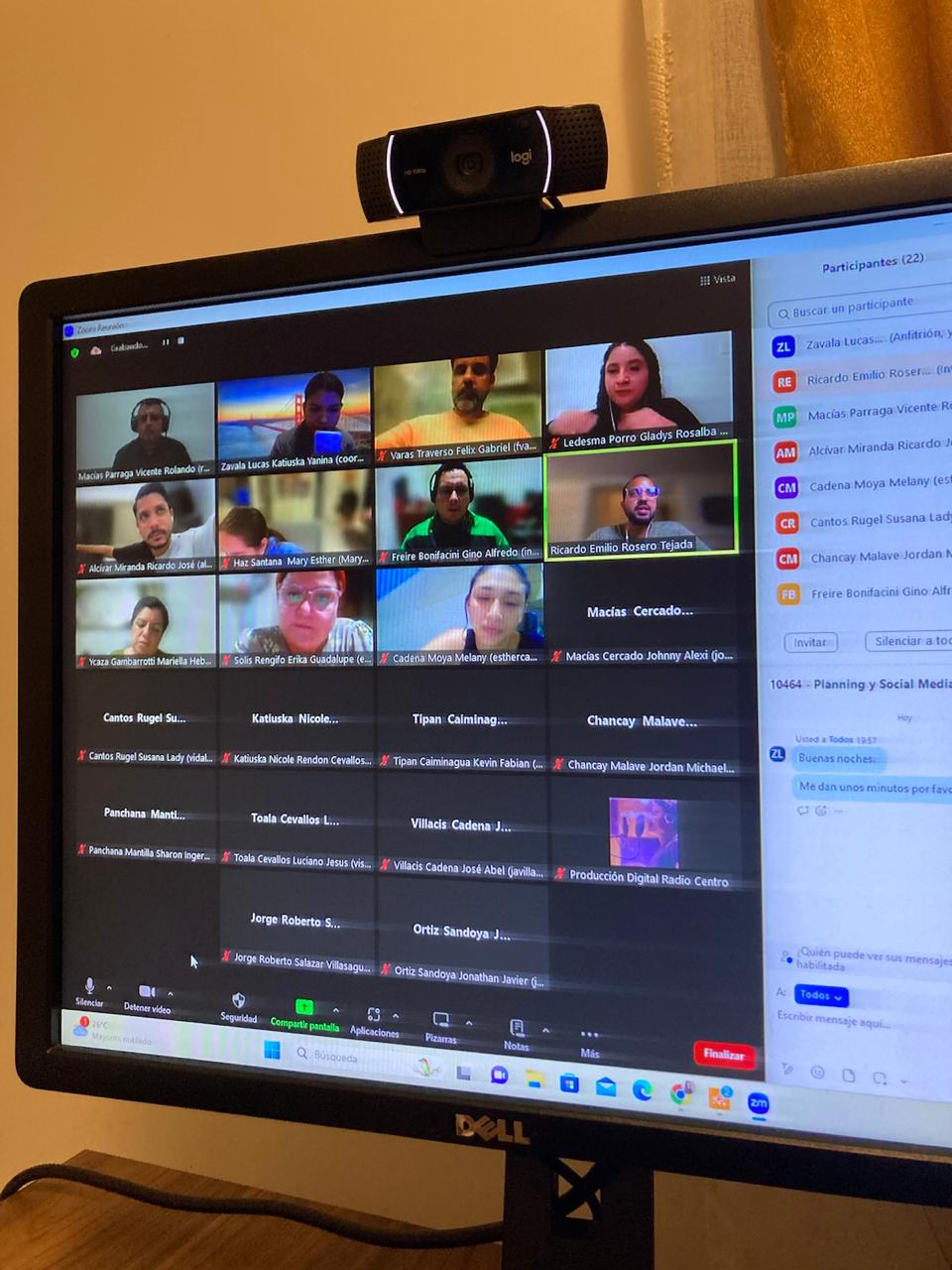
These insights confirmed that the core problem lies in the friction between managing cash and making the most of available discounts. Users need a unified tool that not only helps them create and manage their grocery lists but also aligns their purchasing decisions with their cash availability.
Framing the Problem
-
Problem Statement:
Users require a simple tool that streamlines grocery planning by uniting list creation with budget tracking, thus reducing complexity and saving time. -
Objectives:
- Simplicity & Clarity: Develop an interface that minimizes user effort.
- Real-Time Feedback: Ensure that budget updates occur instantly as items are added.
Develop:
Ideation, Prototyping, and Testing
Ideation and Prototyping
Using Lovable.dev, we quickly developed a working prototype. This allowed us to visualize ideas and make immediate improvements, ensuring the design met user expectations.
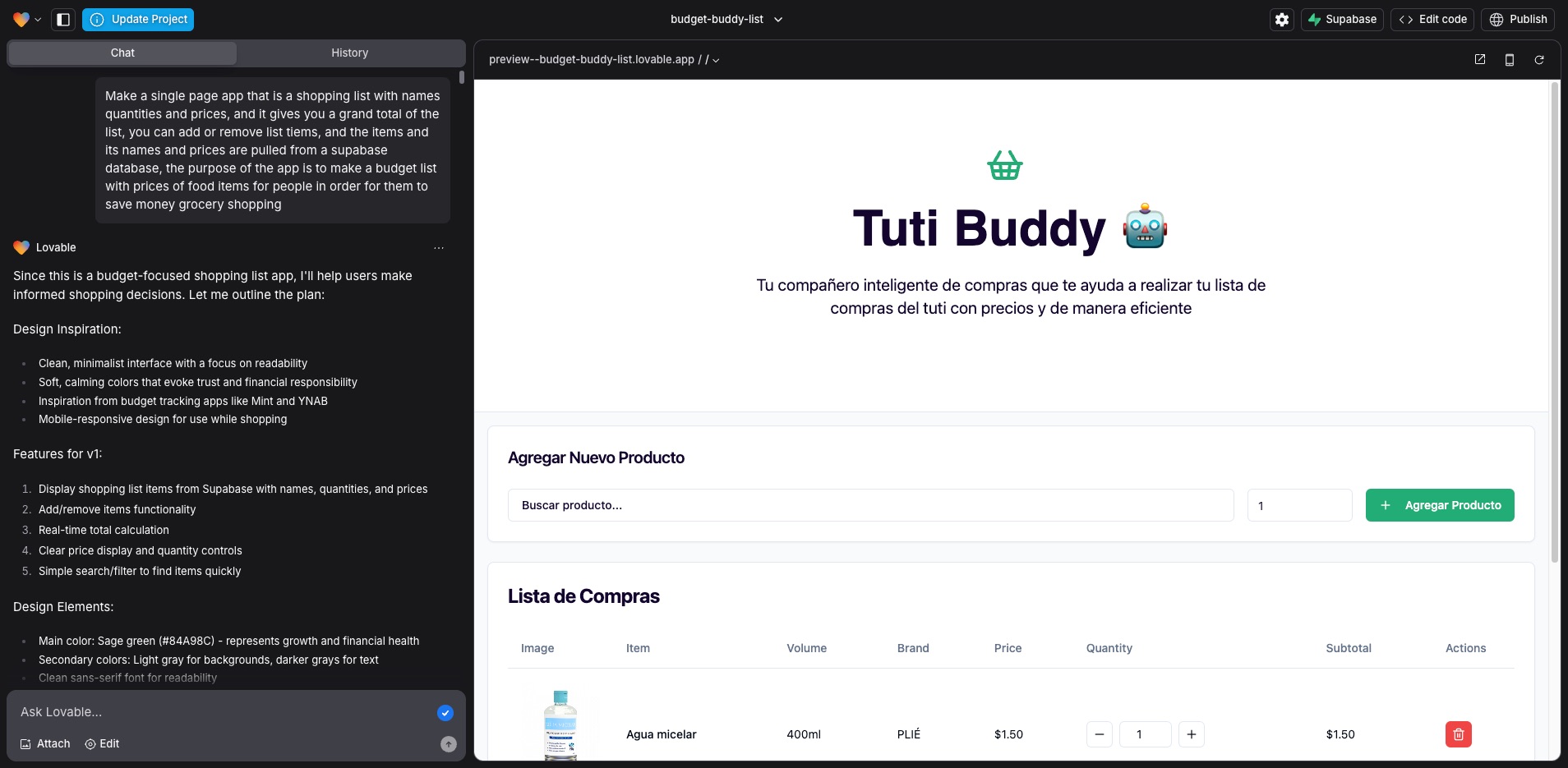
Testing Solutions
-
Moderated Usability Testing:
In line with best practices for testing potential solutions, moderated sessions were conducted where participants interacted with the prototype. These sessions enabled us to ask probing questions, uncovering why users behaved in certain ways and identifying friction points. -
Iterative Refinement with Unmoderated Testing:
For quick validations and small UI tweaks, we employed remote unmoderated tests. These tests helped fine-tune interactions and confirmed that the interface was easily understood, while keeping in mind the potential biases of frequent testers.
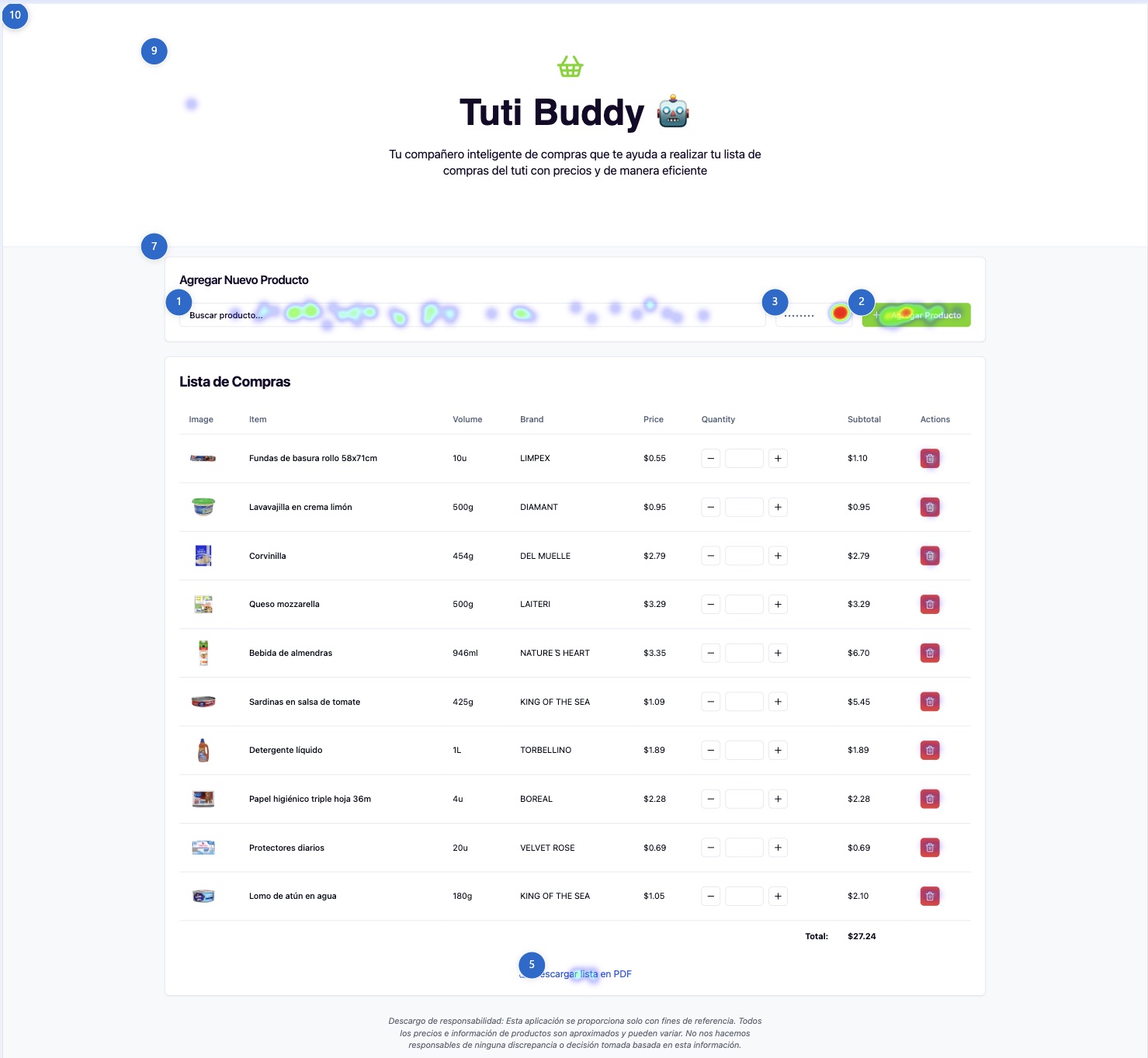
Deliver:
Launch and Future Enhancements
Final Product Implementation
-
Unified Experience:
Tuti Buddy now offers a streamlined dashboard where users can create their grocery lists and monitor their budgets simultaneously. Real-time calculations provide immediate feedback, ensuring users always stay on track. -
Research-Driven Design:
Decisions arise by research, ensuring that the final product addresses user needs. -
Continuous Improvement:
Post-launch, ongoing research will combine analytics with periodic usability tests to further refine the product, ensuring it evolves with user needs.
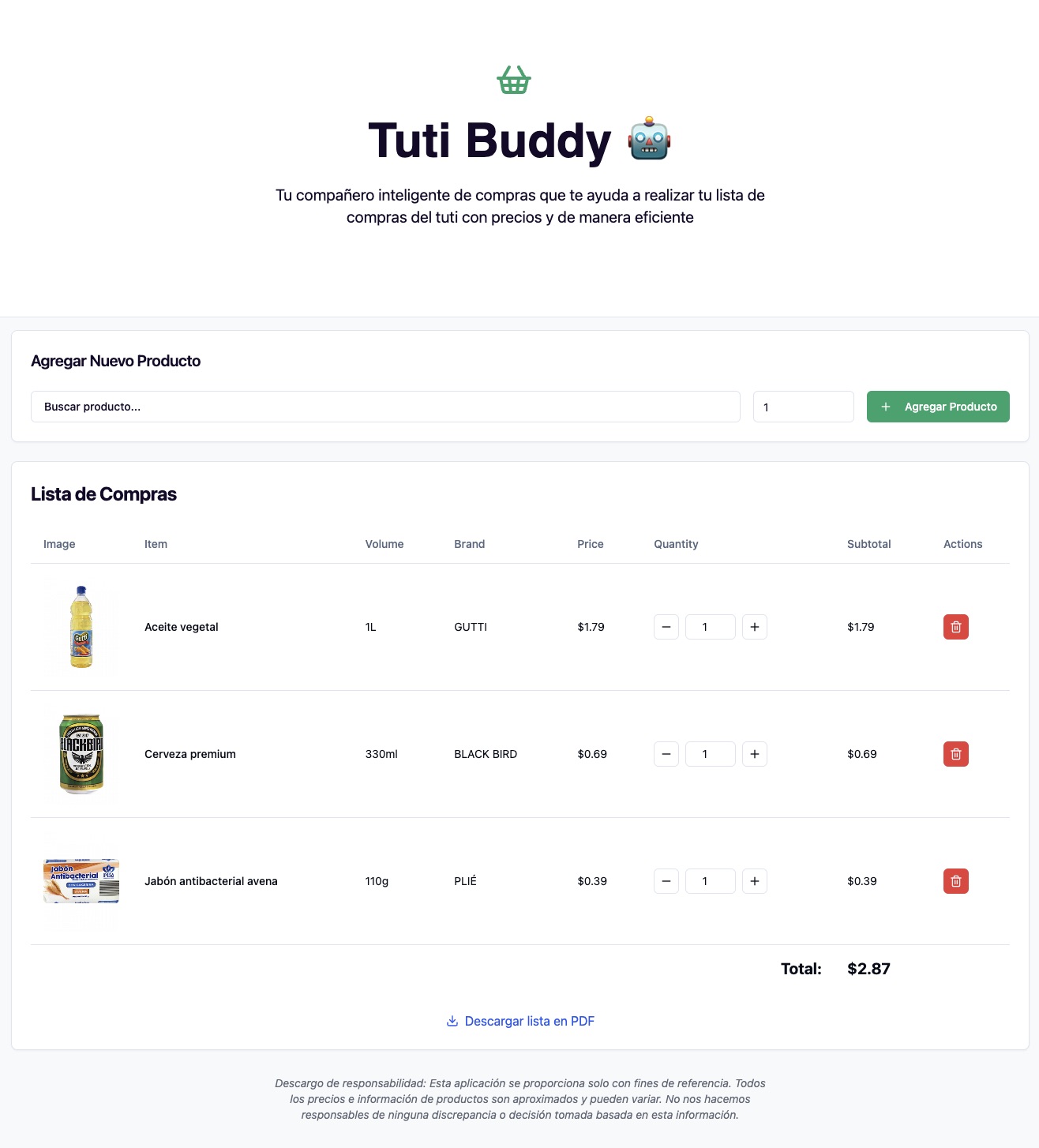
📬 Your friendly dose of UX, IT, and DIY tips!
I deliver actionable tips for enhancing productivity, practical life advice, and top-notch insights gathered from various sources, right to your email inbox.






